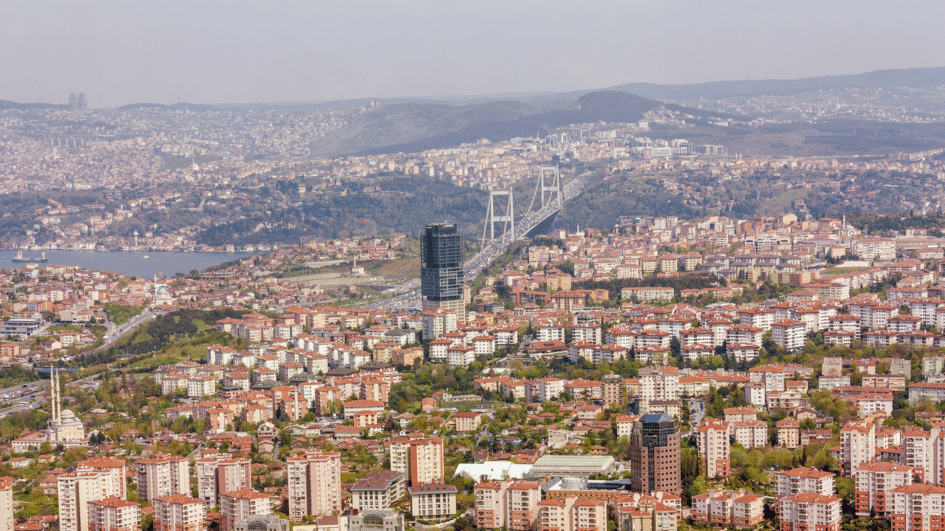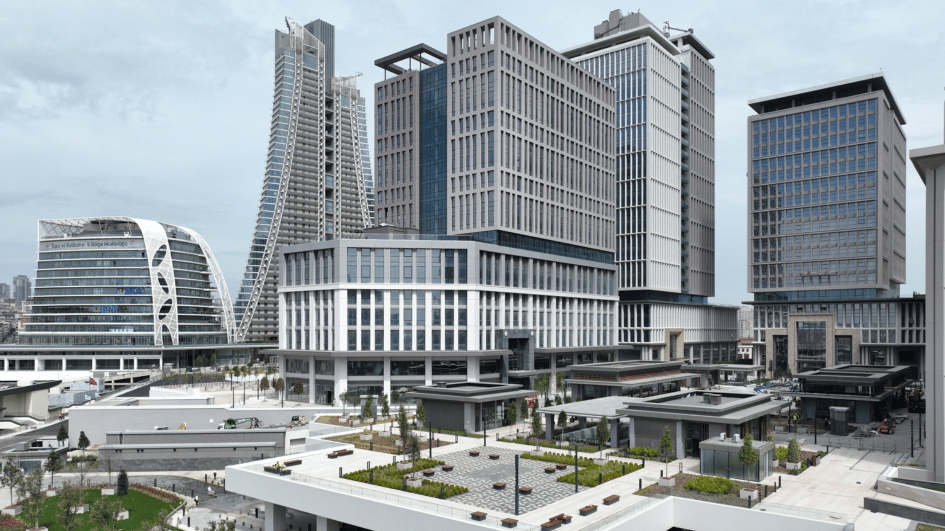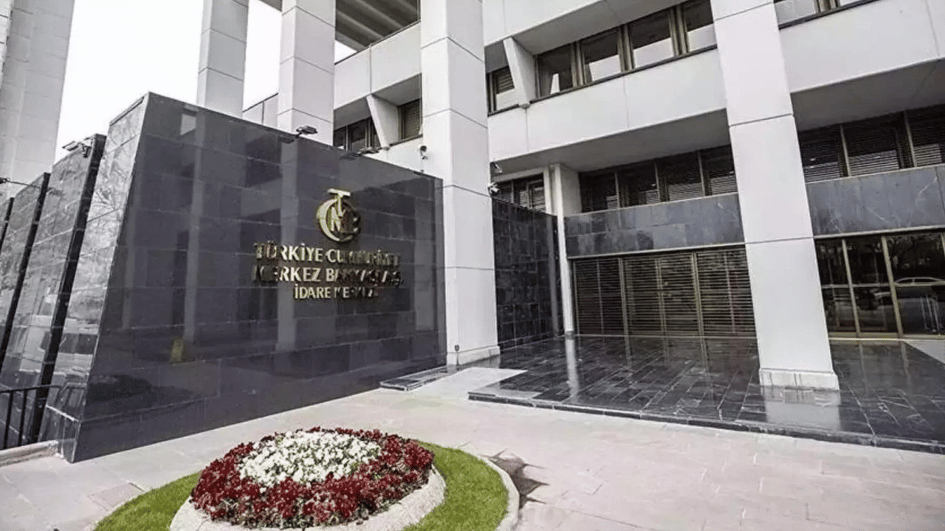Flooded mine’s owner linked to Turkey’s ruling AKP
KARAMAN
 The mine where 18 workers remain trapped after a flood on Oct. 28 is owned by a former mayoral candidate from Turkey's ruling Justice and Development Party (AKP).
The mine where 18 workers remain trapped after a flood on Oct. 28 is owned by a former mayoral candidate from Turkey's ruling Justice and Development Party (AKP).Saffet Uyar, the owner of the Has Şekerler Mining Company, was elected as the mayor of the Güneyyurt district in the Central Anatolian province of Karaman in 1994 and 1999 from the center-right Motherland Party (ANAP). Uyar was later nominated by the AKP in 2004 and 2009, but lost both elections.
According to the Doğan News Agency (DHA), he is also a cousin of Azim Uyar, who owns a mine in Soma where the deadliest mining disaster in Turkey’s history resulted in the deaths of 301 miners in May 2014. One worker died and 27 others were also injured in Azim Uyar’s mine in October 2013.
It has also been reported that the latest incident is not the first flooding in Saffet Uyar’s mine in Karaman. In 2012, the mine had to be urgently evacuated after workers noticed a water leak. The owner asked for his cousin’s help and Azim Uyar sent water pumps from his mines to Karaman, according to DHA.
Saffet Uyar’s accident-struck mine in Karaman was inspected by the Labor Ministry in June 2014. However, his company was only punished with a number of fines due to eight errors noted in the inspection report. The Energy Ministry, meanwhile, moved to shut down the mine for three months due to lack of safety. The mine was reopened after safety shortcomings were reportedly overcome.
More recently, Uyar shut down the mine himself, complaining that a new law passed in August had increased operating costs. After 45 days of closure, he reopened the mine following a deal with the workers.
Speaking in an interview with news website Radikal, Uyar said he did not know the cause of the latest flooding.
“It could be due to an underground spring or accumulated winter waters,” he said, adding that he did not “see any chance of survival if the workers remained where they were [when the water blast occurred].”
















